Case Study One: High-end Furniture Maker, headcount 20-25
Talking to a client one day in 2018, she started talking about the upcoming performance management reviews and asking me questions on how to approach it. Several rounds of back-and-forth into the conversation, I blurted out “Do you not know what “good” looks like!”, to which she responded “no, we don’t!”.
In that moment, several filaments of thoughts crystalised into one coherent idea – we would build out a framework that defined “good” for them. So we did and the framework generated all sorts of discussions, some of which started with “are we supposed to do that?” and “I didn’t know we were supposed to do that!”.
Guiding team leaders through the process, they started having great discussions about where team members were on the framework and the evidence, or lack thereof, to support one rating over another. We used a very different rating system than the usual 1 – 5 (poor to exceptional), and more of them (than the usual one rating and done of the 1-5 rating approach). This allowed them really differentiate between where an individual was very good in one area but needed further development in another. As a result, employees at all levels really understood their performance in a constructive way.
Identifying appropriate developmental objectives became easier too. Unlike the 1-5 rating system, multiple ratings provided a holistic view of an individual’s performance. If they were still learning their role, they intuitively knew the areas to focus on, for the upcoming 6 months. If there was an area they were underperforming in, they knew they needed to set an objective to actively strengthen it.
If they were hitting the performance benchmark everywhere, they knew it was time for a career discussion and agree stretch goals. These goals were designed to allow them to demonstrate that they did have the potential to move to the next level of responsibility. This helped the leadership team understand who their future successors were, be it team leads or master makers.
The client was a small, innovative furniture company, with a total team of about 20 people and big growth plans. Finding and hiring people for such artisan work was difficult. There were only a few sources of potential furniture makers and it required a lot of investment to develop the breadth of knowledge and skills required to succeed. The client also found it difficult to retain junior makers longer than 2 years, usually because by then, they felt they knew everything and there was no clear development plan to share with them.
In addition, that old chestnut of technical people being promoted into team lead roles reared its head regularly. Several team leads didn’t really understand their mentoring and development role, so hadn’t developed the skills required to fulfil that part of their role. As you can imagine, this didn’t help retention efforts.
By introducing our performance benchmarks, everyone, at every level, had a clearer understanding of what was expected of them and the breadth of expectations (which have grown substantially over the last 25-30 years). Everyone had a clear understanding of their starting point and a clear pathway forward. The length of time junior makers were content to stay in their roles, learning, extended.
When COVID hit, they put the downtime to good use and used the framework as the basis for a graduate development program. Building the organisational confidence to be able to take in junior employees, knowing that the company has the ability to grow them into competent contributors breaks a company’s dependency on finding experienced employees in the marketplace.
